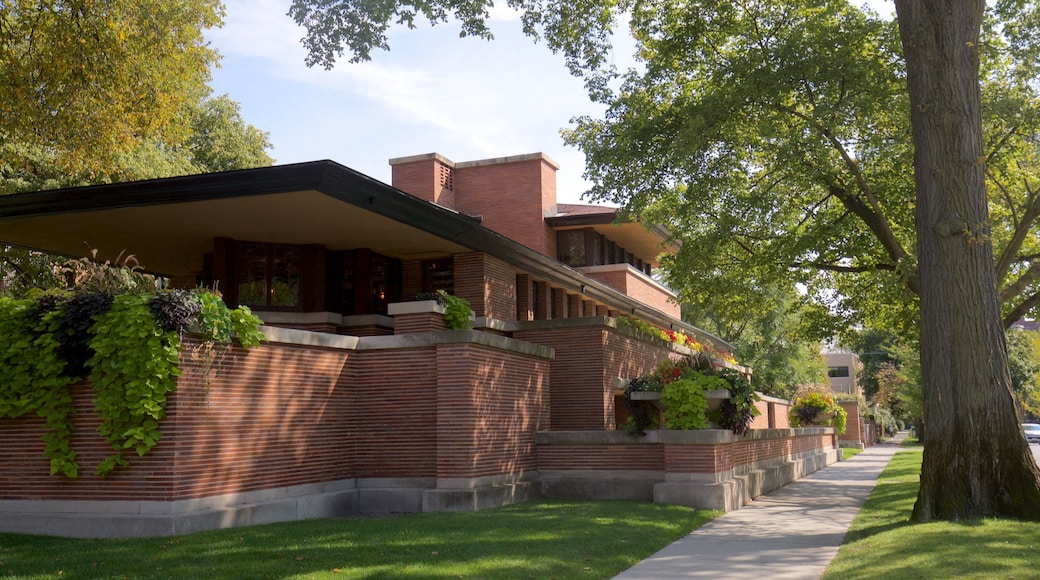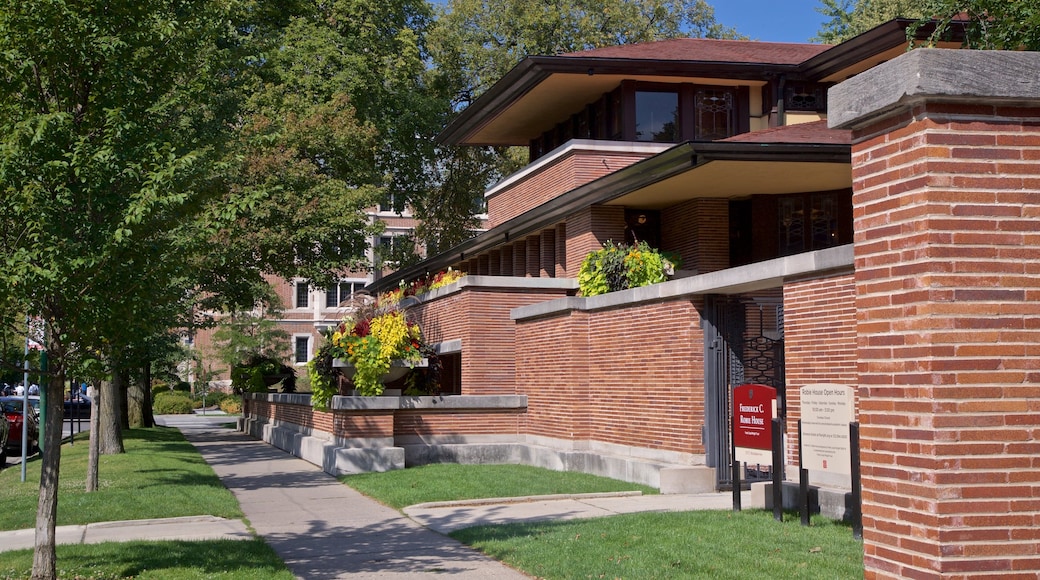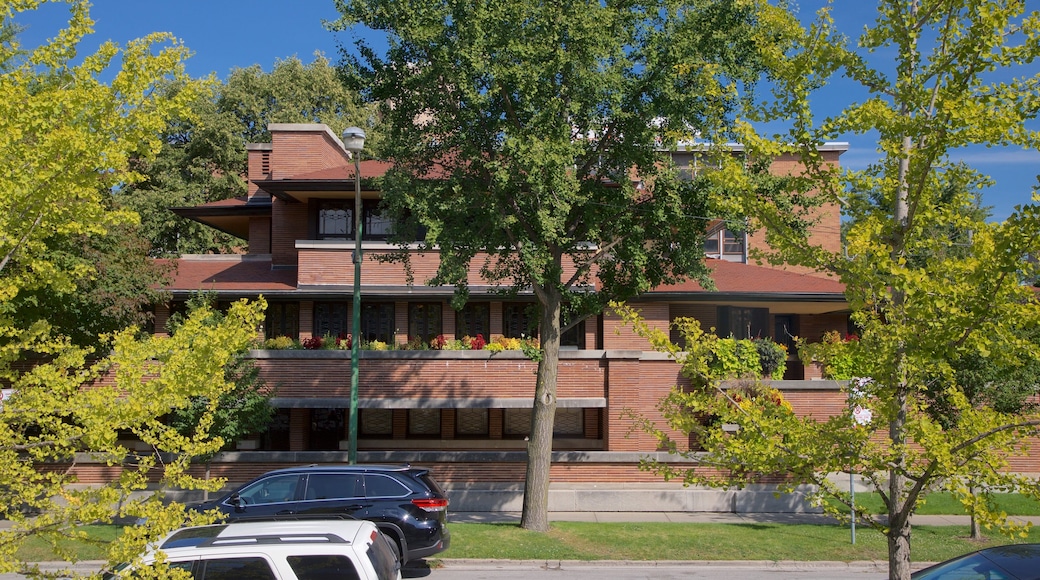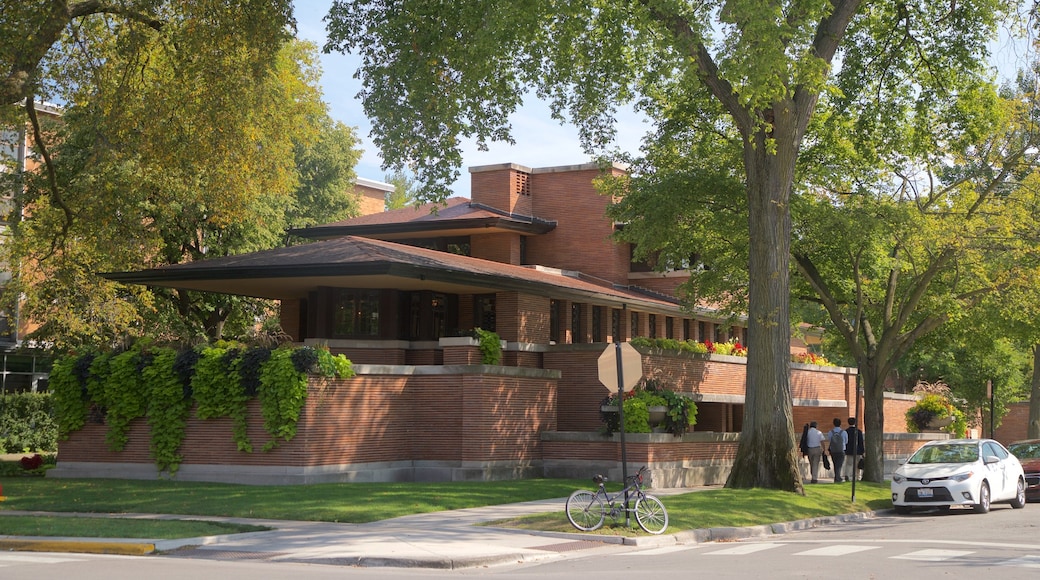Frank Lloyd Wright’s famous “Prairie School” of architecture is best expressed in Chicago’s elegantly designed Robie House. This eye-catching landmark, located in the university district of Hyde Park, is one of the design highlights of a city famed for its diverse and cutting-edge buildings. Take a tour of this historic home to better appreciate Lloyd Wright’s aesthetic and for an insight into a uniquely American style of home.
Robie House was created between 1909 and 1910 for businessman Frederick C. Robie, who was forced to sell it only a year after it was completed. Wander the halls of a building that, from the 1920s onward, had many different functions, including classrooms, a refectory, a dormitory and office space. It became a National Historic Landmark in the early 1960s.
In the early 1900s, many architects were designing buildings in European styles such as Italianate or Gothic Revival. Lloyd Wright rebelled against these prevailing ideas as he considered them to be unfit for the flat plains of the U.S. Discover the result of his subsequent innovation, the Prairie School, known for its clean horizontal lines and natural materials. The exterior of Robie House demonstrates this beautifully, with cascading, flat levels of red brick and overhanging ceilings to protect the privacy of the residents.
Head inside to see how the interior is spacious and free-flowing. The groundbreaking design of Robie House has led to its recognition as one of the most important works of architecture in the U.S.
Large windows, lined with lead framing and with sections of colored glass, allow lots of light to stream into the building. Note that the interior is characterized by natural materials, too, with wooden ceilings and red-brick pillars punctuating the halls.
All of the furniture and lighting inside was also designed by Lloyd Wright.
Robie House is open for tours between Thursday and Monday, with some closures on public holidays. Drive here from central Chicago in about 15 minutes and use the limited street parking near the house. Alternatively, take a bus or metro train to one of the nearby stops.
















